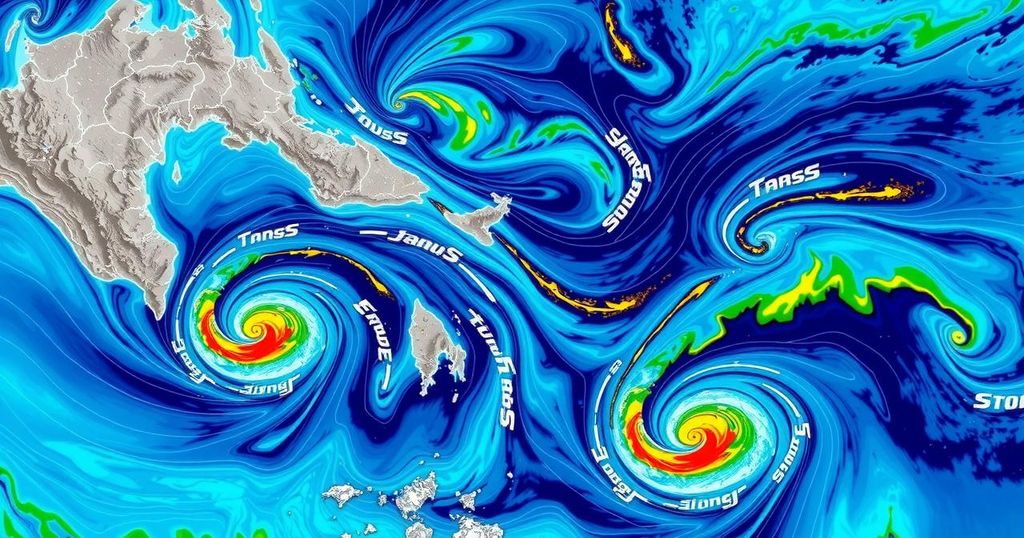The Reasons Why Hurricanes Have Never Crossed the Equator

Hurricanes never cross the equator due to the Coriolis force, which is negligible there. Typhoon Vamei in 2001 came closest to the equator. The Peru Current’s cold waters and high wind shear limit tropical storms off South America’s coast, and only a few tropical storms have been observed in that region.
Hurricanes and tropical storms have never crossed the equator, and this peculiar truth can be traced back to a weather phenomenon known as the Coriolis force. Essentially, the Coriolis force causes winds to veer to the right in the Northern Hemisphere and to the left in the Southern Hemisphere. This unique effect provides tropical systems their characteristic swirling motion: counter-clockwise in the north and clockwise in the south. “This force is what gives tropical systems their iconic swirl,” stated Alex DaSilva, Lead Hurricane Expert at AccuWeather.
But at the equator, the Coriolis force virtually vanishes. This lack of force means that once a tropical system forms in one hemisphere, it cannot easily transition to the other side. Interestingly, most tropical systems, whether depressions, storms, or hurricanes, remain confined to within 5 degrees of latitude from the equator.
Back in December 2001, Typhoon Vamei came remarkably close, forming at 1.4 degrees North latitude and reaching within about 100 miles of the equator. This makes it the closest a tropical storm has ever ventured to crossing the equator. Moreover, an unnamed tropical depression formed even closer in December 1973, at 0.5 degrees latitude. However, there is some contention between the China Meteorological Administration and the U.S. National Hurricane Center on this matter, especially regarding winds classification.
If one examines maps of tropical cyclones, it becomes apparent that the southeastern Pacific, particularly west of South America, is almost devoid of tropical storms. Only one hurricane, known locally as Catarina, has ever formed off the coast of South America back in 2004, while only a couple of other unnamed storms were recorded in the southern Atlantic in 2010 and 2011. Most of the cyclonic activity documented are actually subtropical storms, which are not entirely tropical in nature.
The reasons for the scarcity of tropical systems in the southeastern Pacific are largely due to the colder waters influenced by the Peru Current. As for the waters off Brazil, the currents are warmer but still plagued by significant wind shear that hampers storm development. DaSilva elaborated, “The waters off Brazil are not as cold, because the offshore currents are from the north, but the wind shear is still too strong to support many tropical storms.”
Now, as the summer season kicks off, weather events continue to unfold, with additional news regarding private missions to the International Space Station delayed due to weather, an increase in helicopter rescues at the Grand Canyon, and a significant total solar eclipse not expected to be viewable across the lower 48 states for some years. There’s even been mention of hazy conditions attributed to Canadian wildfire smoke and Saharan dust.
In summary, hurricanes and tropical storms have never crossed the equator primarily due to the influence of the Coriolis force, which nearly disappears at the equatorial line. Tropical systems tend to stay close to 5 degrees latitude north or south of the equator. Notably, Typhoon Vamei was the closest recorded storm to the equatorial line, whereas colder waters and high wind shear inhibit tropical storm formation off the west coast of South America. Understanding these facts can shed light on the patterns and behaviors of tropical cyclones globally.
Original Source: www.upi.com







